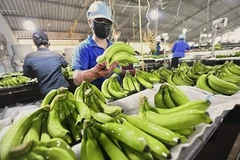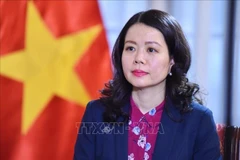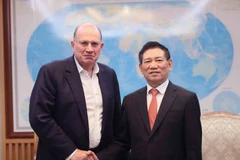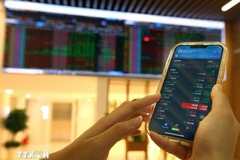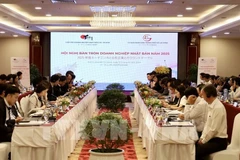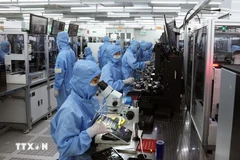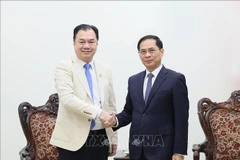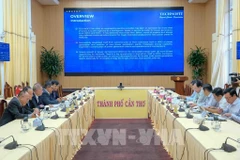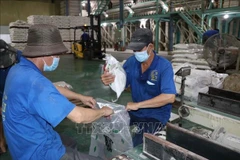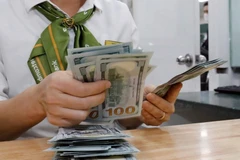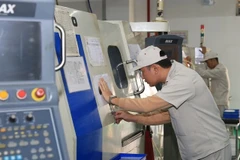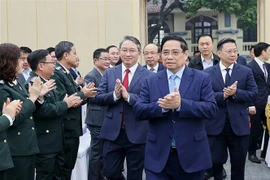The decision, which cameinto force from February 11, also narrows the transaction differencefrom plus and minus 3 percent to plus and minus 1 percent.
Dr. Tran Hoang Ngan, member of the national advisory council formonetary and financial policies, said the policy will help reduce thepsychological need for hoarding of the greenback and virtual demand forthe US dollar among the population.
The policy will also make transactions in USD more transparent, said the senior economist.
By late 2010, a number of foreign capital funds had transferred hardcurrencies into Vietnam but have not yet disbursed their investment,as they were awaiting good forex rates.
Now, thenew policy “will further attract indirect investment while foreigninvestors will become further confident in disbursement,” Nganexplained.
For his part, the former SBV governor,Cao Sy Kiem, said the recent adjustment of forex rates would not onlyhelp increase the competitive edge of exports but also curb tradedeficits, especially imports that can be produced at home.
As a result, the supply of hard currencies may constantly meet demand, he added.
His view was shared by Nguyen Ngoc Quynh, deputy director of thedeposit department under the Bank of Investment and Development ofVietnam (BIDV).
Representatives from several bankssaid the recent adjustment would make it easier for banks to raisedeposits in US dollars, thus meeting demand for the greenback byindividuals and businesses. A good supply will also help the SBVstrengthen its USD reserves, they argued.
The SBVhas announced its plan to take necessary measures to develop the foreignexchange market, including a mandate for businesses and banks to applyrisk-prevention measures in line with international rules./.
